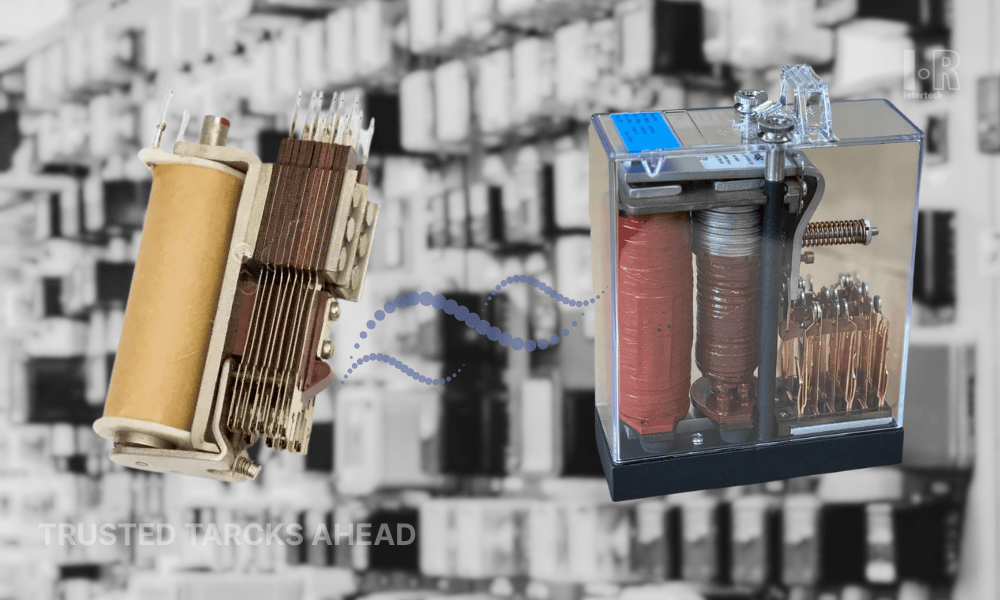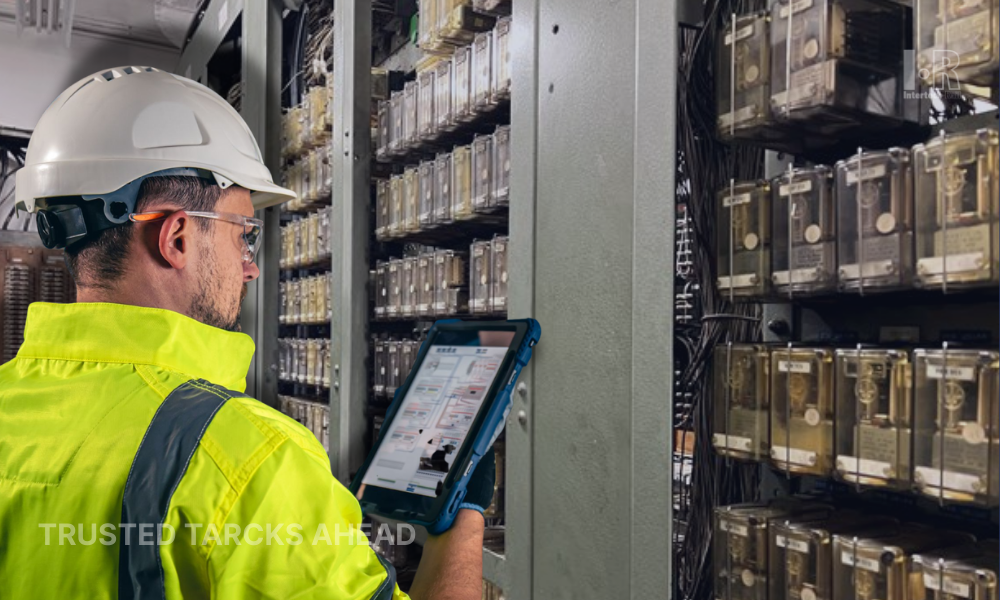Navigating the Railroad Switch: A Guide to Choosing Switch Machine Models for Various Rail Applications
Rail applications, ranging from yards and cargo trains to subways and high-speed trains, require reliable and efficient switch machines to ensure smooth and safe operations. Selecting the right switch machine model is crucial for optimizing functionality, durability, and overall performance in diverse rail environments.
Understanding the Rail Application
Rail applications, spanning yards, cargo trains, subways, and high-speed trains, demand reliable switch machines for optimal functionality. The selection process is pivotal for addressing diverse needs in terms of cycles, loads, response times, and safety across these varied rail environments.
Yards
For yards where frequent switching occurs, robust and durable switch machines capable of handling high cycles become essential.
Cargo Trains
Reliability and ease of maintenance are key factors, considering the heavy loads and long distances associated with cargo transport.
Subways
Fast and precise response times are critical in subway systems to maintain schedules and passenger safety.
Fast Trains
High-speed rail applications demand switch machines that can handle rapid movements while ensuring precision and safety.
Types of Switch Machines
Understanding the types of switch machines is vital in aligning functionality with specific rail application needs.
Electromechanical Machines
These are traditional and reliable, suitable for various applications. They provide mechanical advantage and are well-suited for yards and cargo trains. Intertech Rail IRM23 is one the most selling models of this category (M-23 Hitachi/Ansaldo compatible).
Electrohydraulic Machines
Known for their speed and precision, electrohydraulic switch machines are ideal for high-speed trains and subway systems. They offer quick response times and reduced wear and tear.
Electromagnetic Machines
These are suitable for applications requiring fail-safe operation. They ensure the switch maintains the desired position even in the event of a power failure.
Power Source and Control
The choice of power source and control mechanism depends on the specific rail application requirements.
Electrically Operated
These switch machines are powered by electricity and are suitable for applications with consistent power supply. They provide precise control and can be integrated into automated systems.
Pneumatically Operated
Commonly used in environments where electricity may be less reliable, pneumatic switch machines offer an alternative power source. They are durable and can handle challenging conditions.
Maintenance Considerations
Efficient maintenance is a critical aspect of switch machine performance, especially in remote or challenging locations.
Accessibility
Choose switch machines that are easily accessible for maintenance purposes, especially in remote or challenging locations.
Predictive Maintenance Features
Opt for models that incorporate predictive maintenance technologies to anticipate and address potential issues before they impact performance.
Environmental Considerations
Switch machines must withstand specific environmental conditions associated with the rail application.
Weather Resistance
Ensure the chosen switch machine can withstand the environmental conditions of the specific rail application, whether it be extreme temperatures, moisture, or other challenges.
Corrosion Resistance
In coastal or industrial areas, resistance to corrosion is crucial for prolonged switch machine lifespan.
Integration with Control Systems
Compatibility with existing or planned rail control systems is crucial for seamless integration.
Compatibility
Ensure the switch machine is compatible with the existing or planned rail control systems to facilitate seamless integration.
The choice of a switch machine model for rail applications is a multifaceted decision that depends on the specific needs and challenges of the environment. The factors such as application type, switch machine type, power source, maintenance requirements, environmental conditions, and integration capabilities must be considered as mentioned above.
The huge majority of Rail Switches in factory Yards and Mining Yards are still MANUAL operated switch machines.




